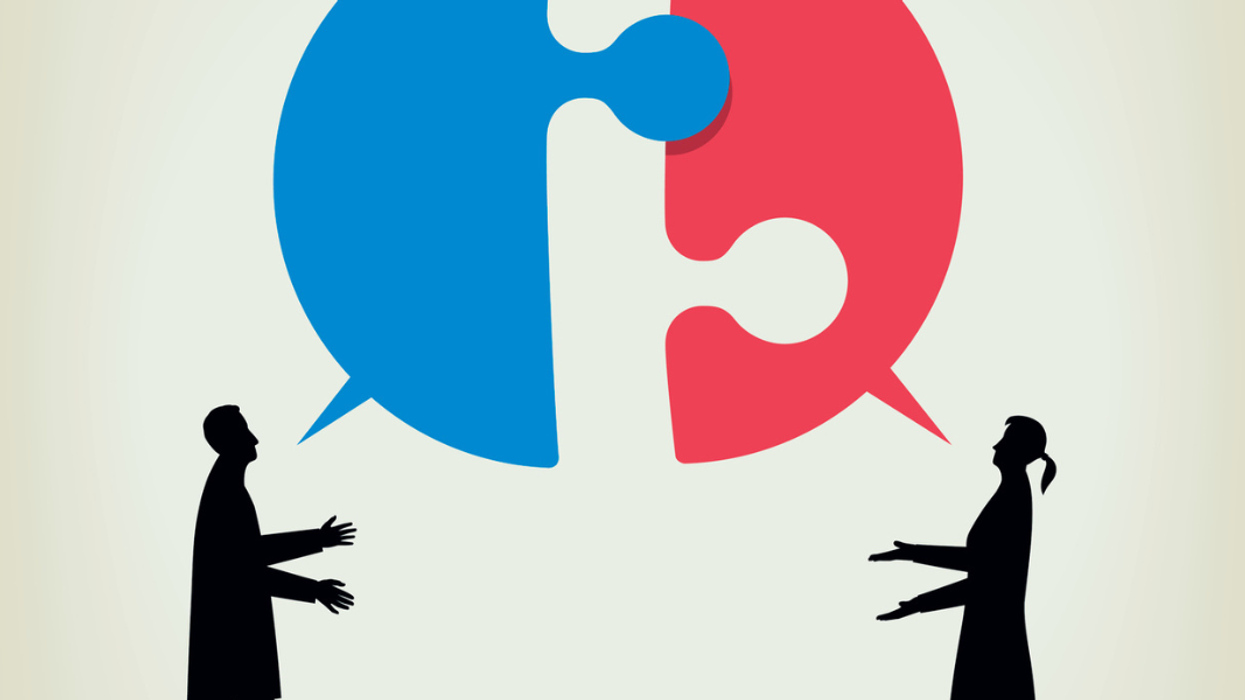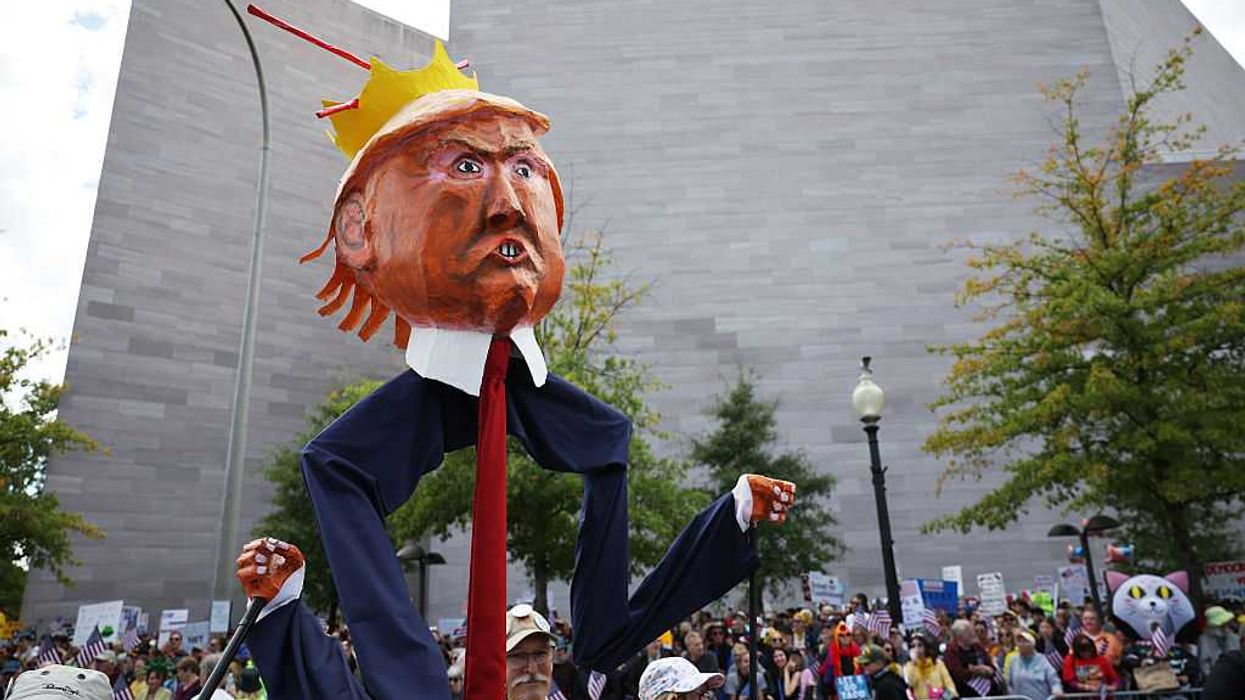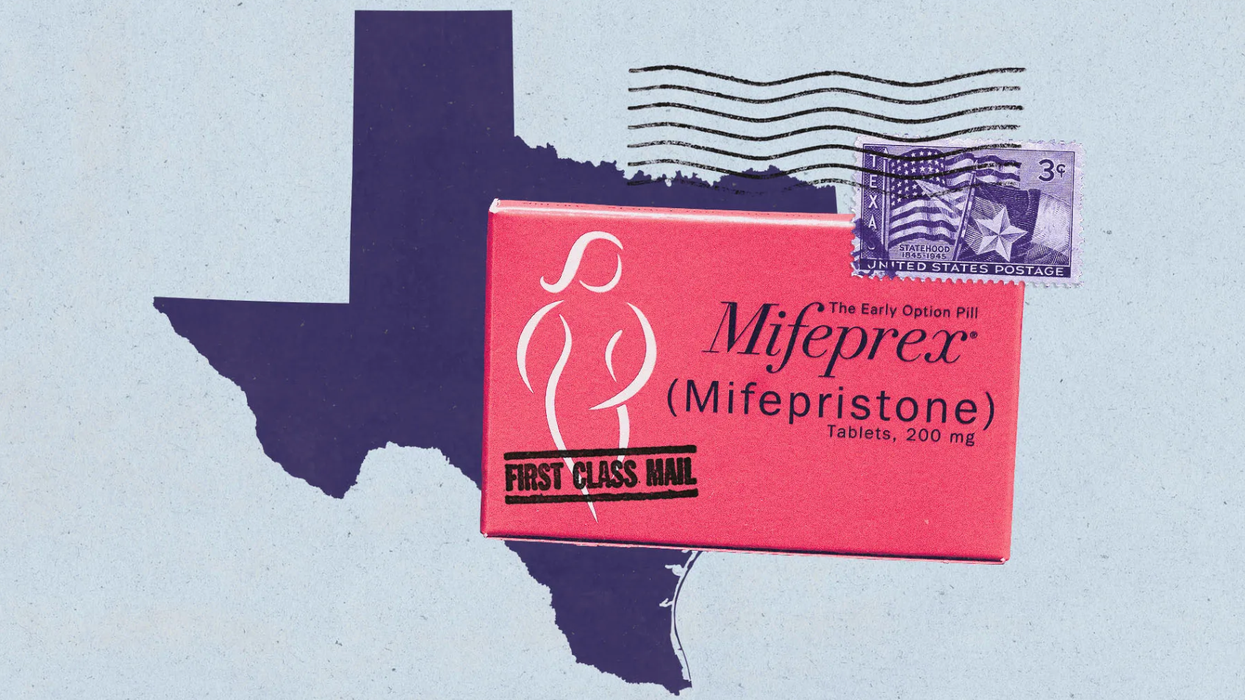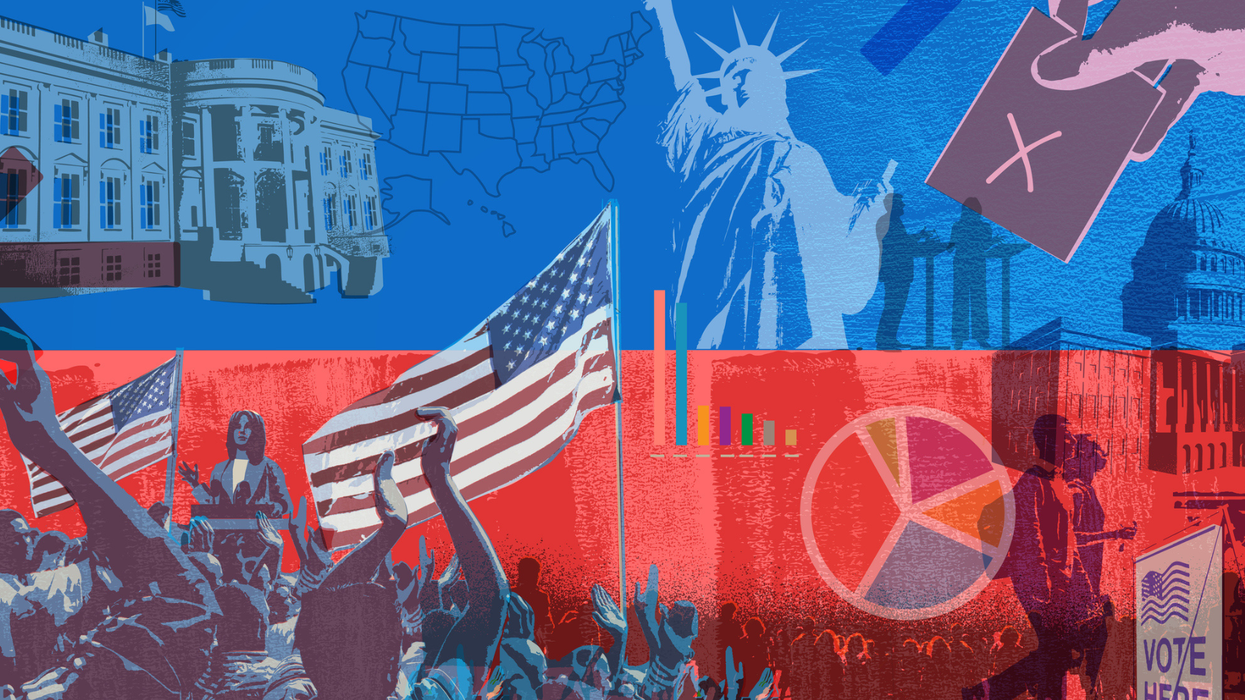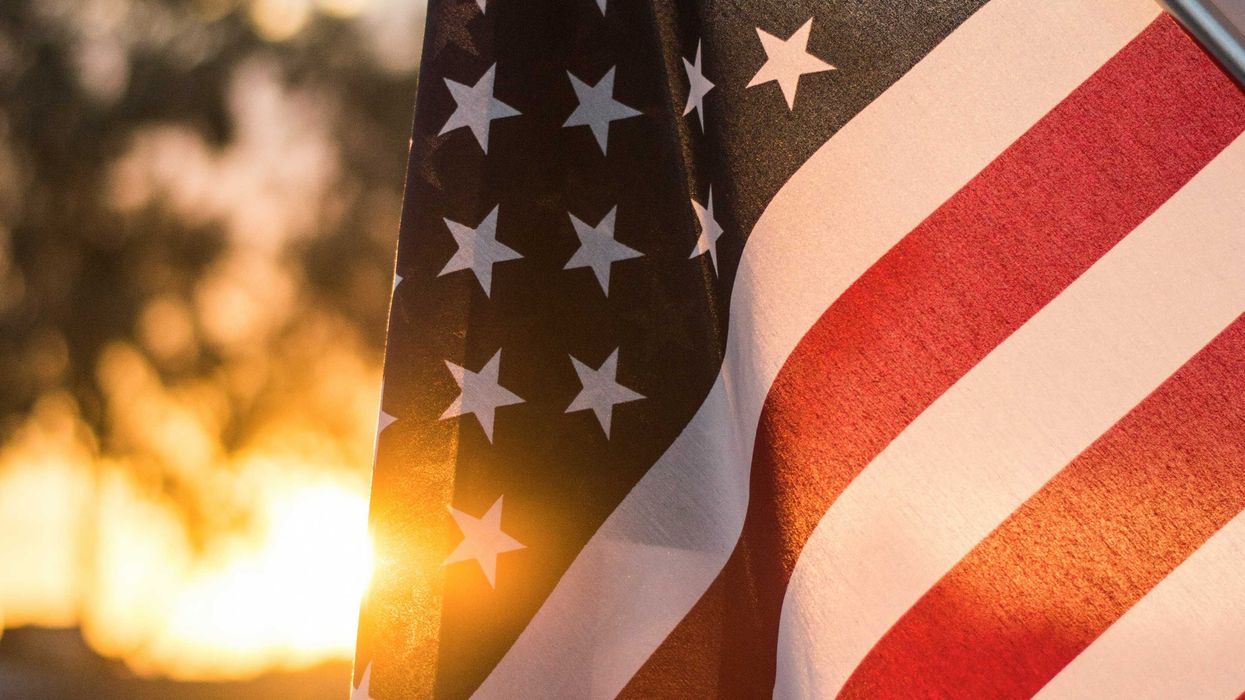Stecuła is an assistant professor of political science at Colorado State University.
Levendusky is a professor of political science at the University of Pennsylvania.
Simmering tension in American politics came to a head two years ago, when a mob of Trump supporters stormed the U.S. Capitol to try to overthrow the results of the 2020 presidential election. The failed insurrection on Jan. 6, 2021, resulted in several deaths and injuries to almost 150 police officers.
But on the cusp of the November 2022 midterm elections, the majority of Republicans said they still believed the false claim asserted by the Capitol rioters – that President Joe Biden won in 2020 because of voter fraud.
The Jan. 6 riots are an extreme example of what happens when a country becomes trapped in a cycle of polarization and distrust. But that does not mean there is no hope for bridging that divide.
We are political science scholars who specialize in political polarization. Our recent work suggests that while there is no quick fix to the problems of polarization and animosity, there are ways to lower the temperature of the country’s politics.
Talking can bring the temperature down
About 80% of registered voters — Democrats and Republicans alike — said in October 2020 that their differences with the other side were about core American values, not just differences of opinion. Majorities of both registered Republicans and Democrats also have called the other side immoral and dishonest in 2022 public opinion polls.
Unsurprisingly, then, few voters and most people do not want to talk to those on the other side of the aisle, thinking it will be a waste of time.
The truth of the matter, however, is quite different.
We conducted an academic study throughout 2019, bringing people who said they identified as either Republicans or Democrats together in person for cross-party conversations. We intended to examine the effects of in-person discussion on polarization.
In total, we hosted over 500 people from around metropolitan Philadelphia in community centers, libraries, schools and any other venue that might have us. The results of this experiment, released in November 2021 in a short book titled “We Need to Talk,” suggest that such conversations offer a pathway to minimizing animosity.
In our work, we found that in-person conversations with people from the other side of the political spectrum reduced partisan hostility by almost 20%.
Participants first read a short article suggesting that there is a surprising amount of consensus and common ground among Republicans and Democrats. Every participant then took turns expressing their agreement or disagreement with the text, and then were asked to discuss American politics more broadly.
Each group talked for approximately 15 minutes. In order to ensure that people felt comfortable expressing themselves, we did not record or monitor their conversations in any way. We also asked that people remain civil and respectful and to stick to a specific issue or problem.
These conversations have several different effects. First, they help people to see that sometimes the parties share common ground. Conversation exposes that people can agree on some issues, at least some of the time.
Second, conversation also helps people better understand other people’s point of view, and may also help them see that other people might have a valid reason for their beliefs.
Importantly, this depolarizing effect did not disappear the moment participants left the group discussions. When we interviewed people a week later, we found that talking it out had a lasting impact on the participants.
One of our favorite moments while conducting this study came after one of our first sessions at a public library in Bucks County, Pennsylvania. Several people stayed after the study in order to continue their conversations, to the point where the librarian had to come in and ask us to leave, as the room was needed for the next group that had reserved it.
In-person benefits
When people think of those from the other political party, they have a rather warped view of who that person is. For example, Americans think that almost 1 in 3 Democrats are LGBTQ, while, in reality, only 6% are. Because people mostly interact with those like themselves, their views of the other party are heavily influenced by the mass media. Many media sources — especially social media sites — tend to amplify the loudest and most extreme voices on both sides, drowning out the bulk of people in the middle.
But as we found in our research, when people see that not all people in the other party are extremists, they realize that they might have painted the other party with too broad of a brush.
Practically, this kind of engagement can have different possible effects – including reducing political violence like what occurred on Jan. 6.
How, then, can Americans be encouraged to bridge the political divide and find common ground? That is hard, no doubt, but there are many civic groups that are working to do just that. For example, we’re both members of the scholars council for the bipartisan organization Braver Angels, which is an independent group bringing Americans together, trying to bridge political divides on many different issues.
Many other nonprofit groups like this exist throughout the country, and a number of foundations and other groups are supporting that important work.
It’s in people’s own hands
Bridging these divides is ultimately up to all Americans. Most people avoid in-person political discussions across lines of disagreement because they fear confrontation and discomfort.
But if people enter a conversation with an open mind — and a willingness to hear the other side without trying to persuade them — they will likely learn something. Obviously, given most people’s social networks, this is not an opportunity that arises every day. But if it does, it presents an important opportunity to learn more about those from the other party, and how you might have some common ground. There are many guides online to having such conversations that can help people get started.
To be clear, conversation is not a cure-all for political division and animosity, and there will be divides that cannot be bridged. The goal is not unanimity, but a better understanding of one another.
There is no quick fix to the country’s political divisions, but through good faith conversation, Americans may be able to lower the political temperature, at least a little bit.
This article originally appeared in The Conversation.





